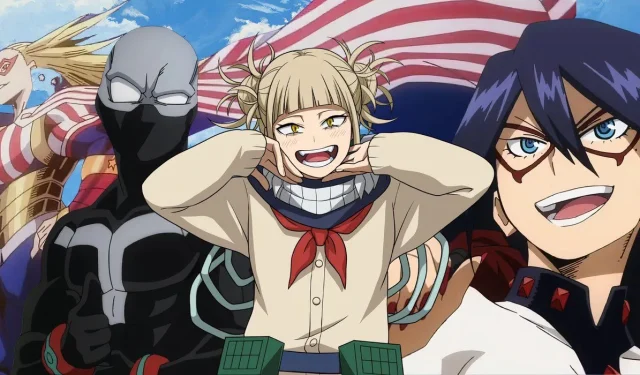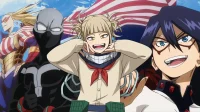Throughout its captivating journey, My Hero Academia has unveiled a plethora of formidable heroes and villains. The intense conflict against Shigaraki and All For One saw both pro heroes and Class 1-A pushed to their limits during major battles that defined their arcs. As the war escalated, dramatic twists emerged with both new and familiar characters stepping into the fray.
Yet, not every hero who appeared was given the opportunity to shine. One notable character, despite promising to alter the course of the conflict, had her storyline cut short. Star and Stripe, hailed as America’s Number One Hero, entered with great potential but was unexpectedly taken out of the equation just moments after her introduction.
Star and Stripe: America’s Number One Hero and All Might’s Inspiration
Star’s Untapped Potential and Lack of Screen Time
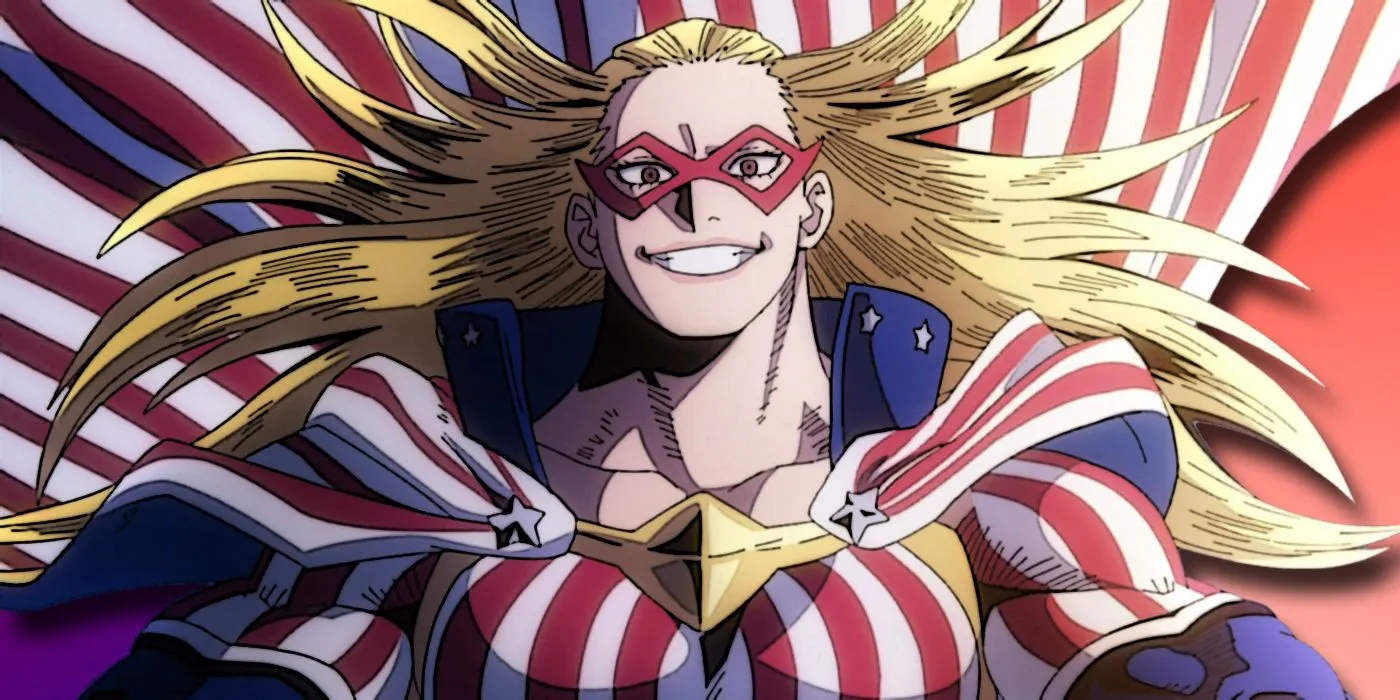
Introduced in a moment of excitement, Star and Stripe quickly became a standout figure within My Hero Academia. Representing the pinnacle of heroism in a nation boasting over double Japan’s population, she captured the audience’s attention with her larger-than-life persona. As the Number One Hero of the United States, her character embodied the essence of true heroism.
Inspired by All Might, she embraced his ideals, integrating them into her training and heroic endeavors. This relationship not only paid homage to All Might’s global influence but also illustrated Star and Stripe’s commitment to upholding his legacy in America. Her unwavering resolve and indomitable spirit mirrored that of All Might, positioning her as a worthy successor.
Star and Stripe possessed an extraordinary quirk named New Order, which allowed her to impose her will upon reality itself. This unique ability had the potential to redefine battles in the series, yet it remained largely unexplored. Fans were left wondering how her powers could have transformed encounters against formidable opponents like All For One.
The Untimely Demise of Star and Stripe
Star and Stripe: A Device to Emphasize Shigaraki’s Threat
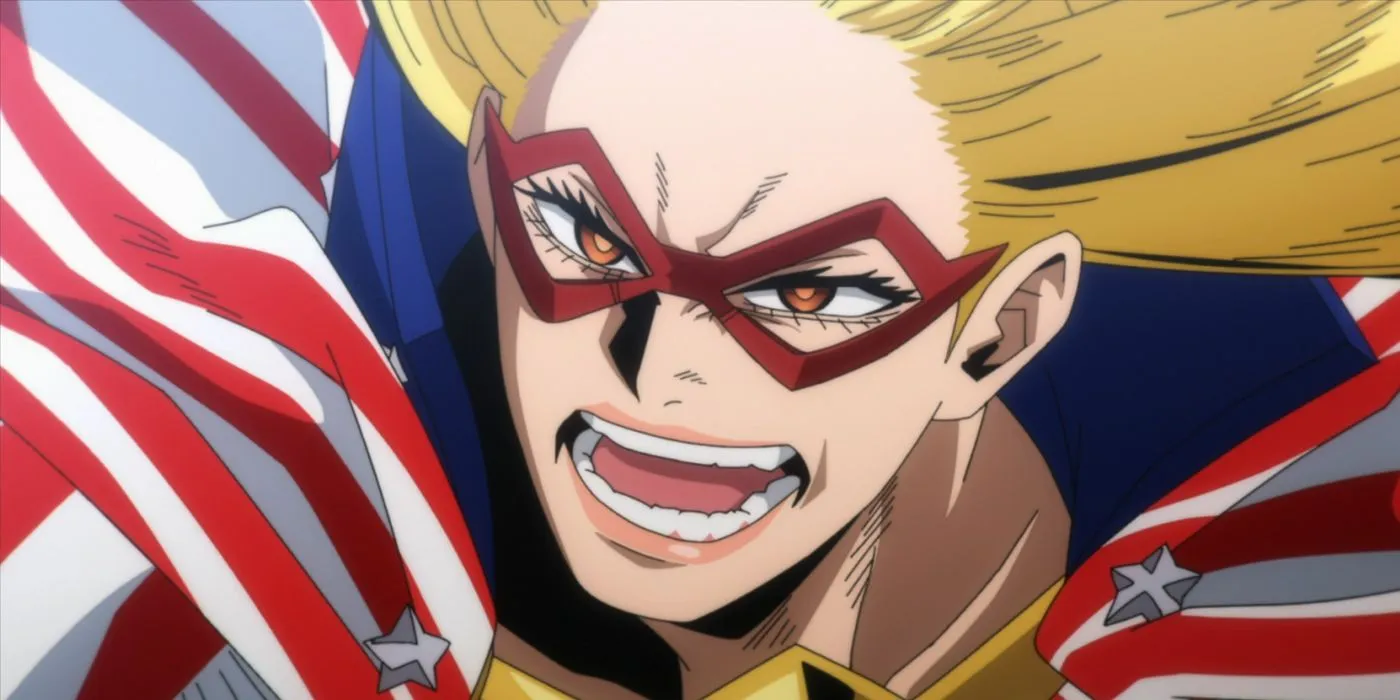
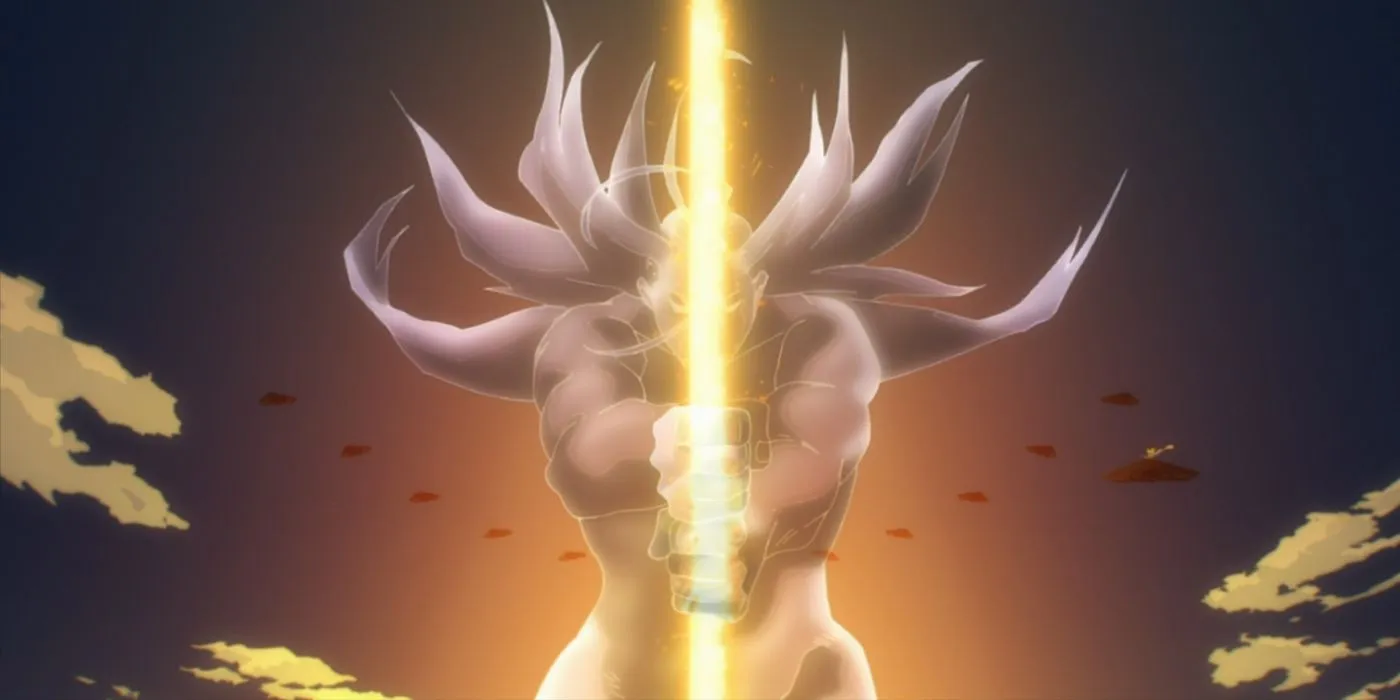
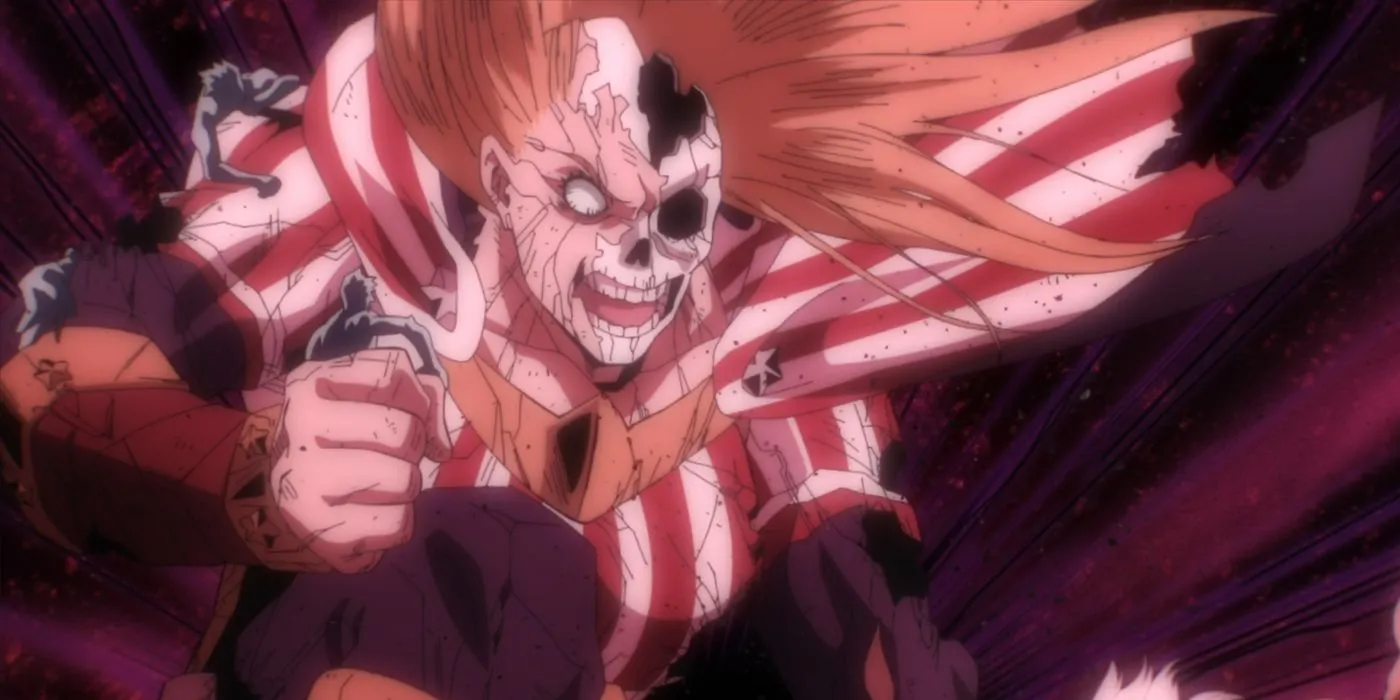
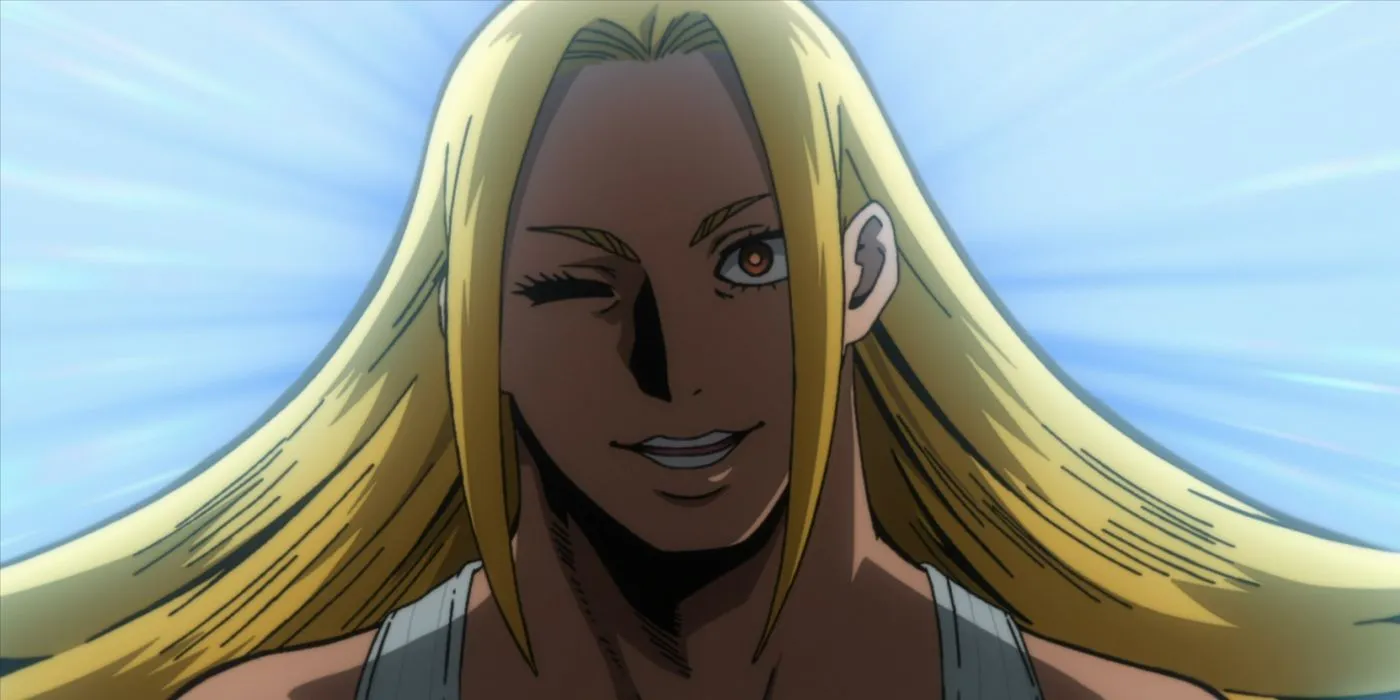
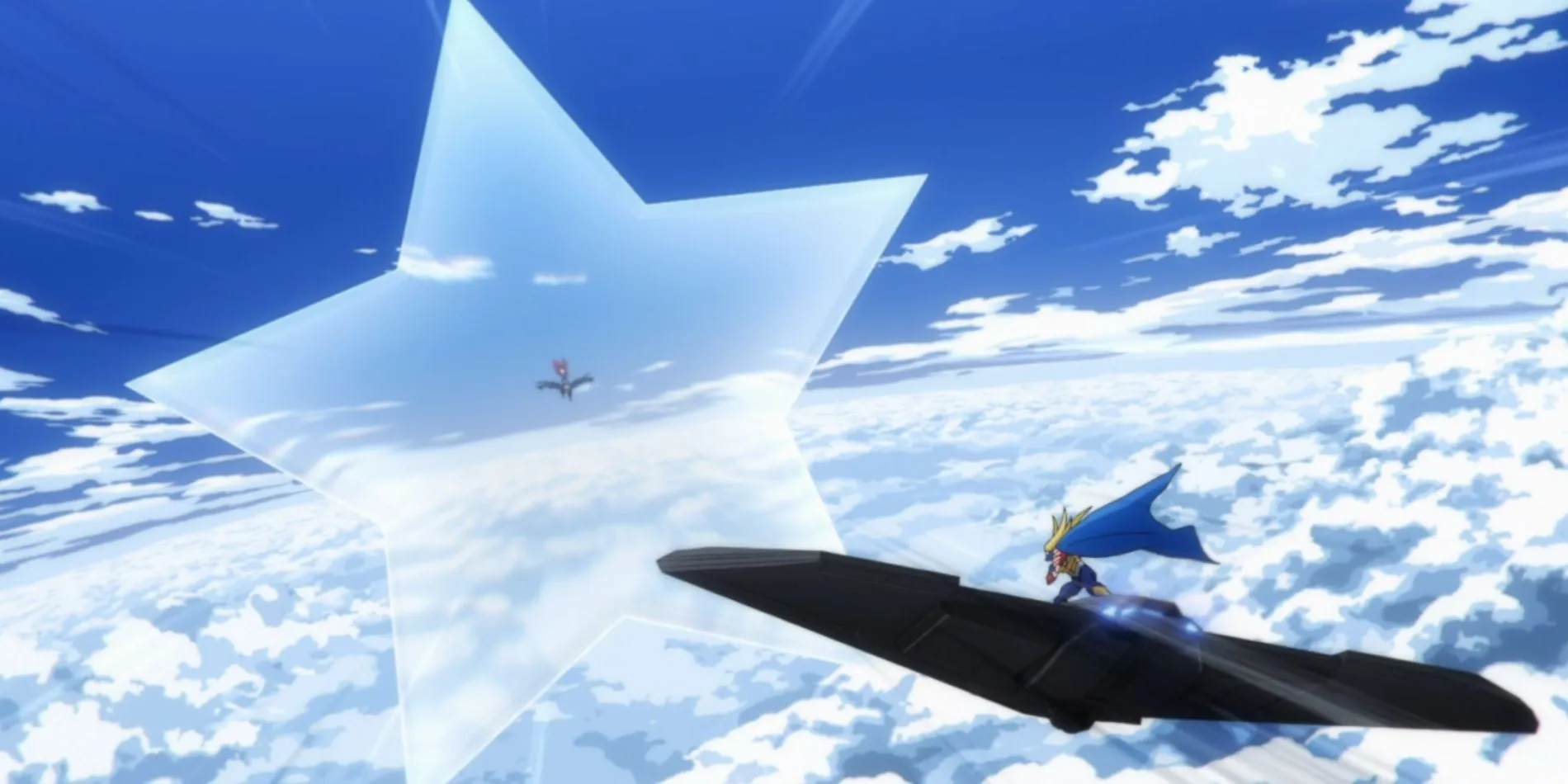
The circumstances surrounding Star and Stripe’s death were abrupt, overshadowing the fervor of her introduction. Positioned as a key player in the fight against Shigaraki and All For One, her demise—a spectacular yet rushed sacrifice—left her character feeling underdeveloped. Fans barely had a chance to form a connection with her before she was suddenly removed from the plot.
The hastiness of her exit reduced her to a mere plot device, serving primarily to highlight Shigaraki’s immense power. Her loss was intended to showcase the threat he posed, yet this portrayal diminished any emotional impact her character could have had on viewers.
In contrast to other characters like Nighteye and Twice, whose deaths resonated deeply due to extensive character development, Star and Stripe’s fleeting presence rendered her sacrifice less meaningful. As a result, her death, while designed to be touching, ultimately lacked the emotional gravitas that fans anticipated.
The Lasting “What If” of Star and Stripe in My Hero Academia
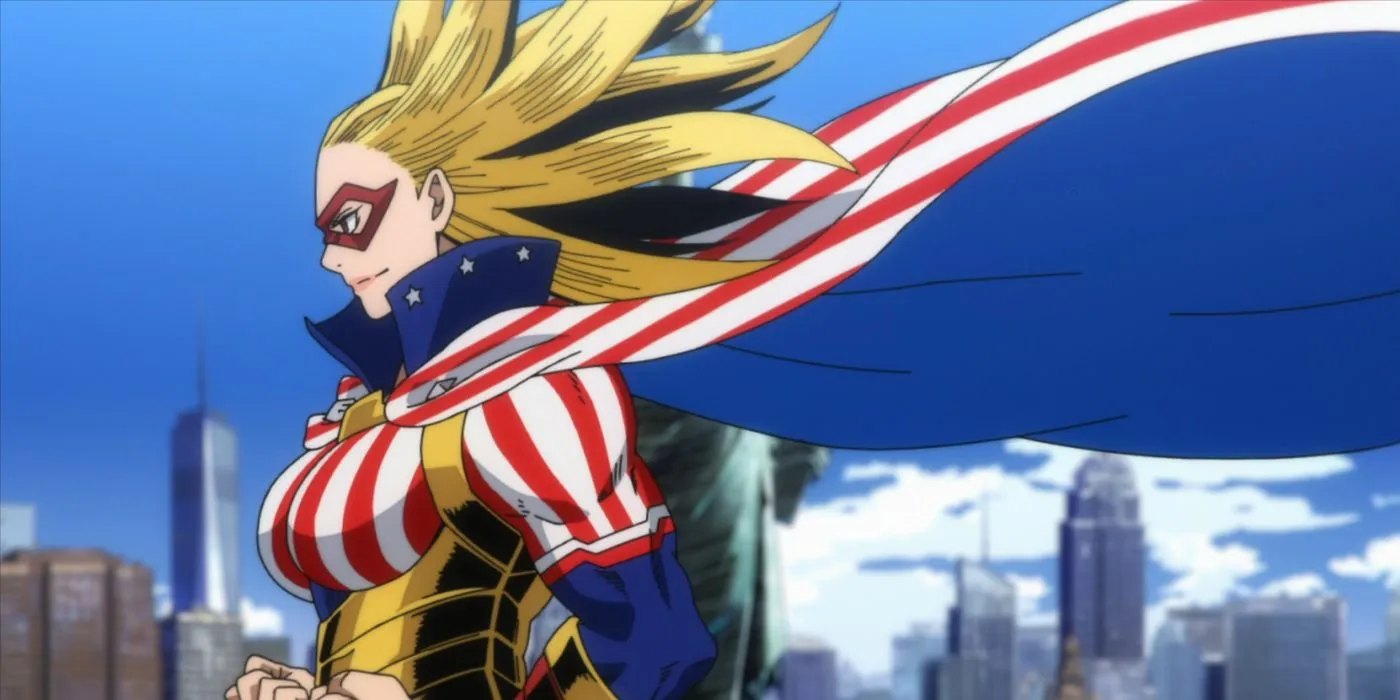
Star and Stripe had the potential to transcend her role as a mere benchmark for Shigaraki’s threat. As a top-tier hero, her inclusion could have broadened the narrative exploration of global heroism, providing insight into the dynamics of international hero societies. Her storyline’s abrupt end deprived the series of the opportunity to showcase powerful female characters in compelling action sequences.
Equipped with a captivating design and backstory that warranted further exploration, her quirk could have been an invaluable asset in battles against formidable foes. Had Star and Stripe collaborated with other heroes, her New Order quirk could have significantly enhanced their collective might against Shigaraki and All For One, solidifying her status as a cornerstone of the series.
Having been saved by All Might, Star and Stripe’s determination to uphold his legacy made her an ideal candidate for becoming one of the series’ most beloved characters. Unfortunately, her brief appearance and swift demise stunted her potential development, leading to a largely unfulfilled and anticlimactic narrative arc.
If her introduction had occurred earlier in the series, the impact of her death might have resonated more profoundly. However, with only six chapters and two episodes dedicated to her character, the speed of her exit undermined the significance of her sacrifice. Ultimately, My Hero Academia overlooked a substantial opportunity to delve into global heroism, further explore an exceptional quirk, and truly develop the character of Star and Stripe.
